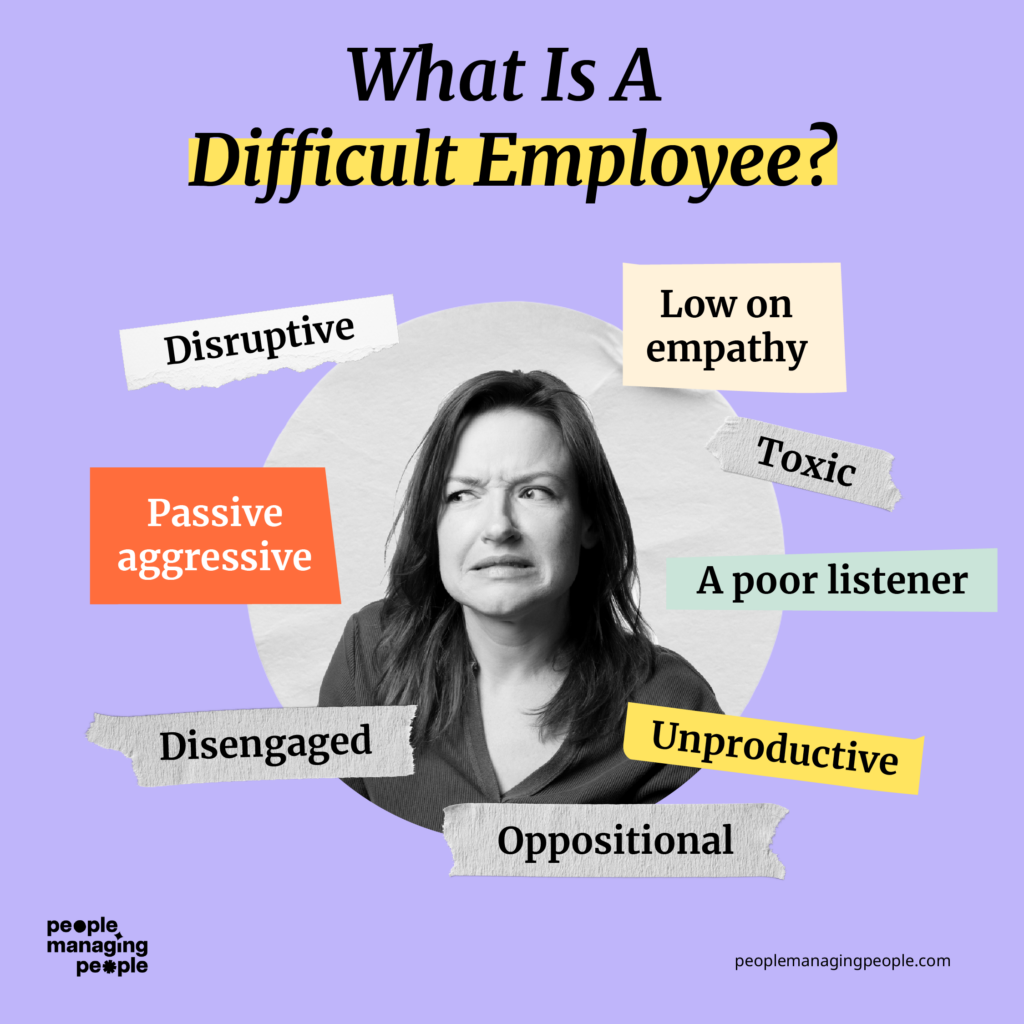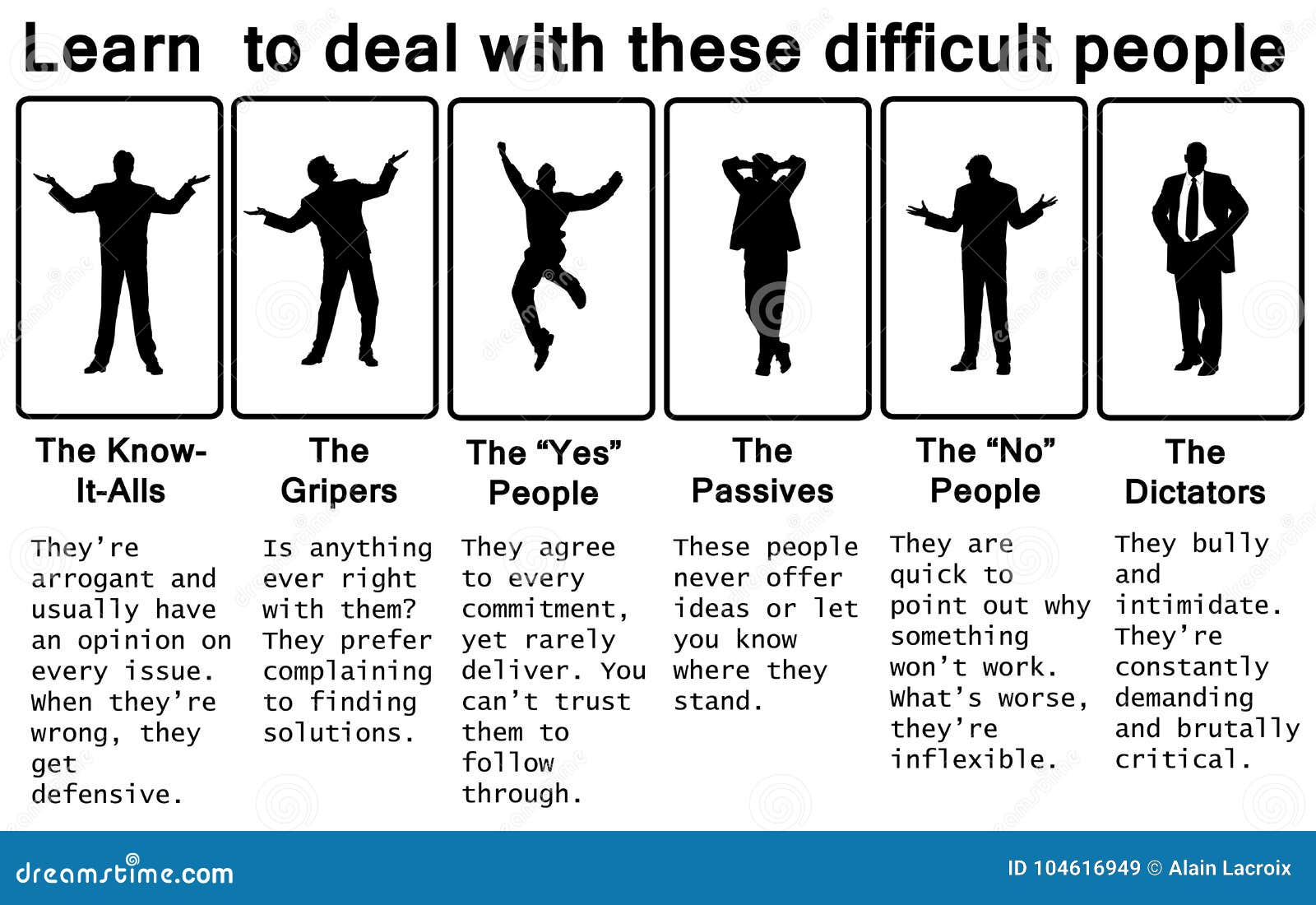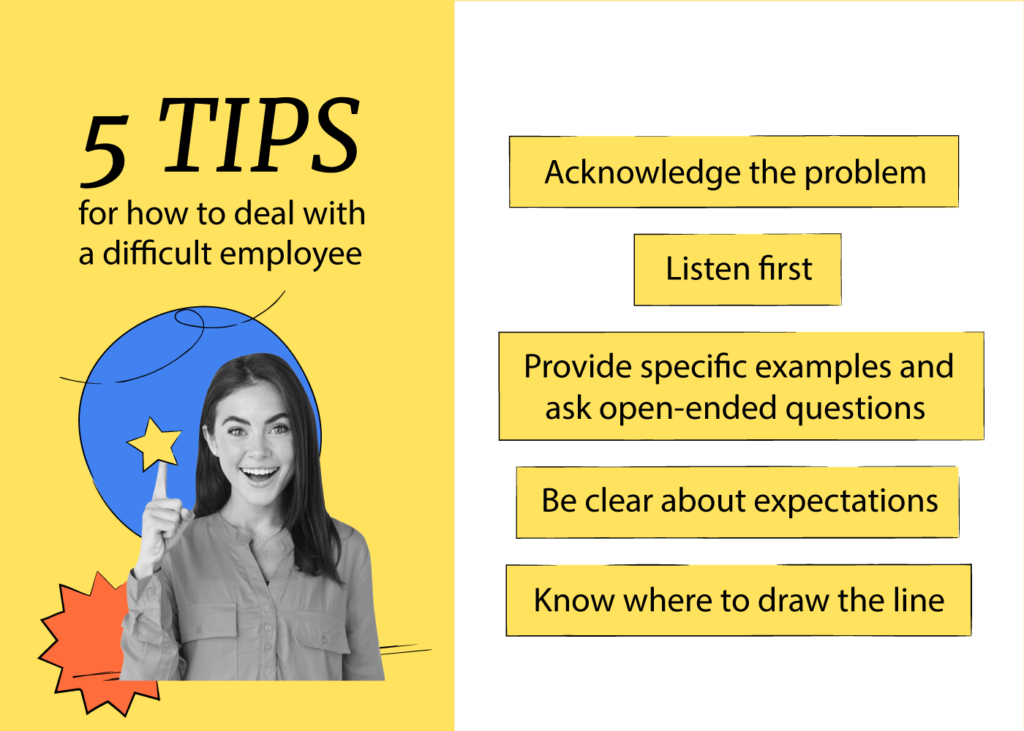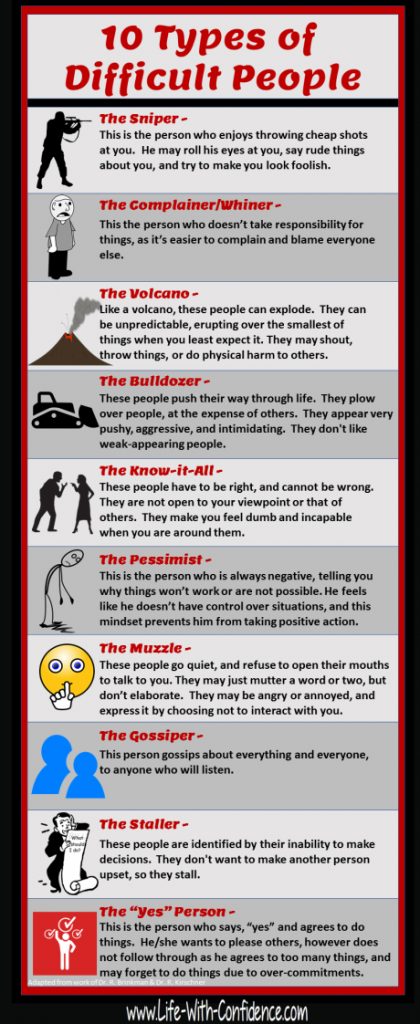How To Deal With Negative Employees
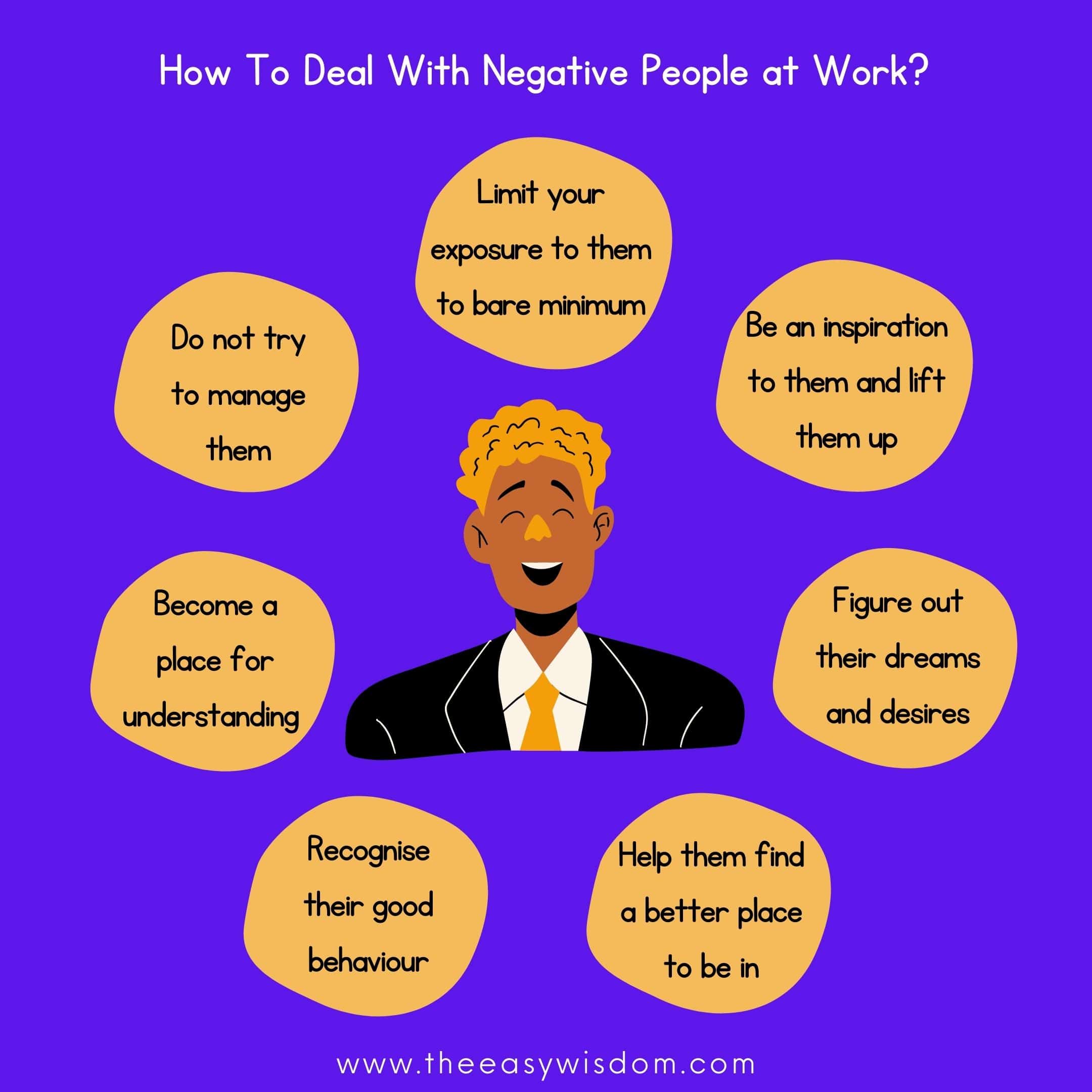
Imagine walking into the office on a Monday morning. The aroma of freshly brewed coffee hangs in the air, but the usual cheerful chatter is muted. Instead, a palpable tension clings to the atmosphere, like a lingering rain cloud threatening to dampen everyone's spirits.
One disgruntled employee's negativity can sometimes feel like a virus, slowly infecting the morale and productivity of the entire team.
Successfully managing negative employees requires a delicate blend of empathy, clear communication, and strategic action.
It's about addressing the root causes of their discontent while safeguarding the well-being of the entire workplace. Here’s a practical guide on how to navigate these challenging situations.
Understanding the Roots of Negativity
Before jumping to conclusions or resorting to disciplinary measures, it's crucial to understand why an employee is exhibiting negative behavior.
Often, negativity stems from underlying issues such as feeling undervalued, experiencing workplace stress, or harboring unresolved conflicts.
SHRM (Society for Human Resource Management), emphasizes the importance of proactive communication and employee engagement to prevent negativity from taking root.
Start with Empathetic Listening
The first step is to create a safe space for the employee to voice their concerns.
Schedule a private, one-on-one meeting and actively listen to what they have to say, without interruption or judgment.
Using phrases like, "I understand you're feeling frustrated," or "It sounds like you're going through a tough time," can help build rapport and encourage openness.
Identify the Specific Issues
Dig deeper to uncover the specific triggers of the negativity.
Ask probing questions like, "What are the biggest challenges you're facing in your role?" or "What could we do to make things better for you?".
It is important to focus on gathering specific information rather than letting the conversation devolve into generalized complaints.
Taking Action to Address Negativity
Once you understand the root causes, you can develop a plan to address the issues and help the employee move towards a more positive mindset.
This might involve providing additional training, reassigning tasks, mediating conflicts, or offering employee assistance programs (EAPs).
Provide Clear Expectations and Feedback
Ensure the employee understands the expectations of their role and how their behavior impacts the team.
Forbes emphasizes that giving consistent, constructive feedback is key to correcting negative behaviors.
Be specific about the behaviors that need to change and offer concrete suggestions for improvement.
Set Boundaries and Consequences
While empathy is crucial, it's also important to set clear boundaries.
If the employee's negativity persists despite your efforts, it may be necessary to implement disciplinary measures.
Clearly communicate the consequences of continued negative behavior, ensuring that these consequences align with company policy.
Focus on Building a Positive Work Environment
A positive work environment is a powerful antidote to negativity.
Gallup research consistently demonstrates the link between employee engagement and positive business outcomes.
Encourage teamwork, recognize achievements, and foster a culture of open communication and mutual respect.
Managing negative employees is never easy, but by approaching the situation with empathy, clear communication, and a commitment to creating a positive work environment, you can turn a potentially disruptive force into a productive member of the team.
Remember, addressing negativity is not just about managing individual employees; it's about cultivating a healthy and thriving workplace for everyone.

:max_bytes(150000):strip_icc():format(webp)/how-to-deal-with-difficult-people-at-work-1919377-v5-5b74a14c46e0fb0050480872.png?ssl=1)







